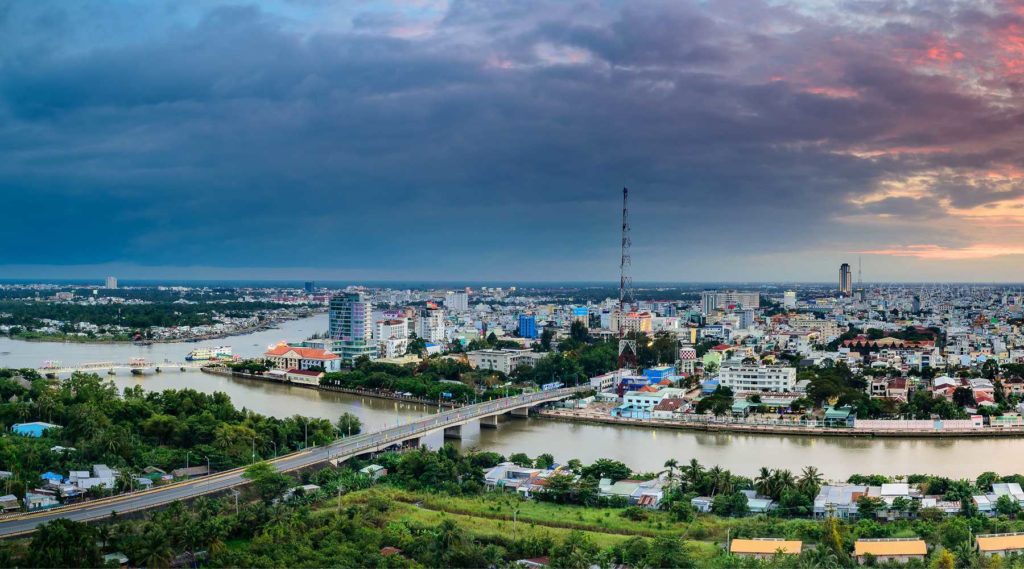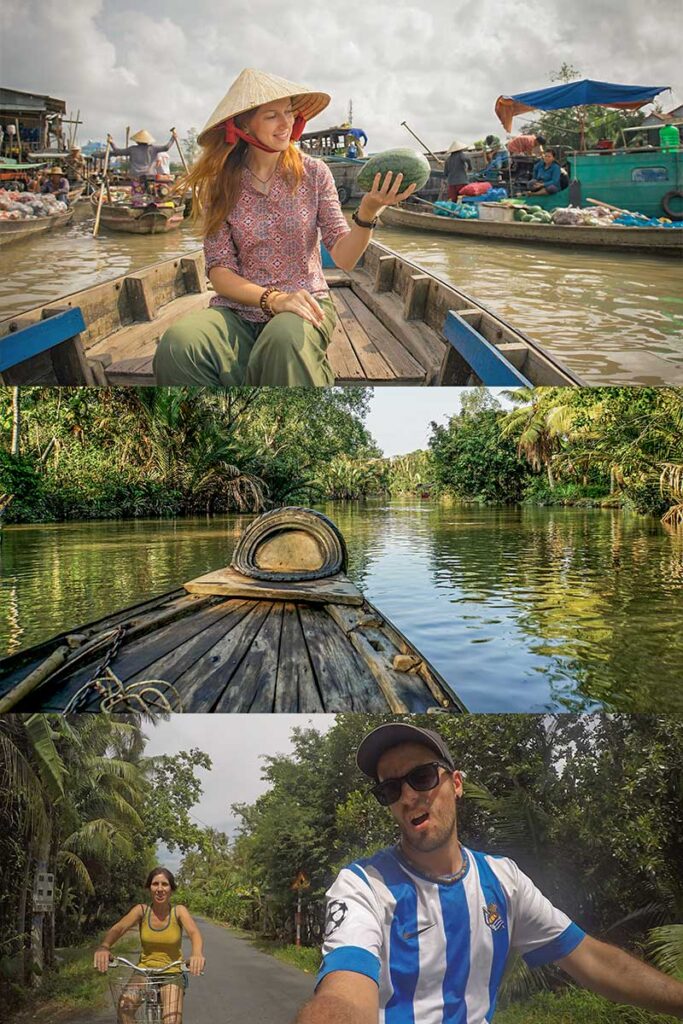Can Tho – Capital of the Mekong’s waterways
Can Tho is the largest city in the Mekong Delta, set on the Hậu (Bassac) River and surrounded by a maze of canals, orchards, and villages shaped by Vietnamese, Khmer, and Chinese influences. Life here flows with the water—early mornings bring boats trading at Cai Rang, evenings gather people along Ninh Kieu Wharf, and nearby areas like Con Son Islet welcome visitors with community-based tourism, from fruit gardens to cake-making and the curious “jumping fish” show.
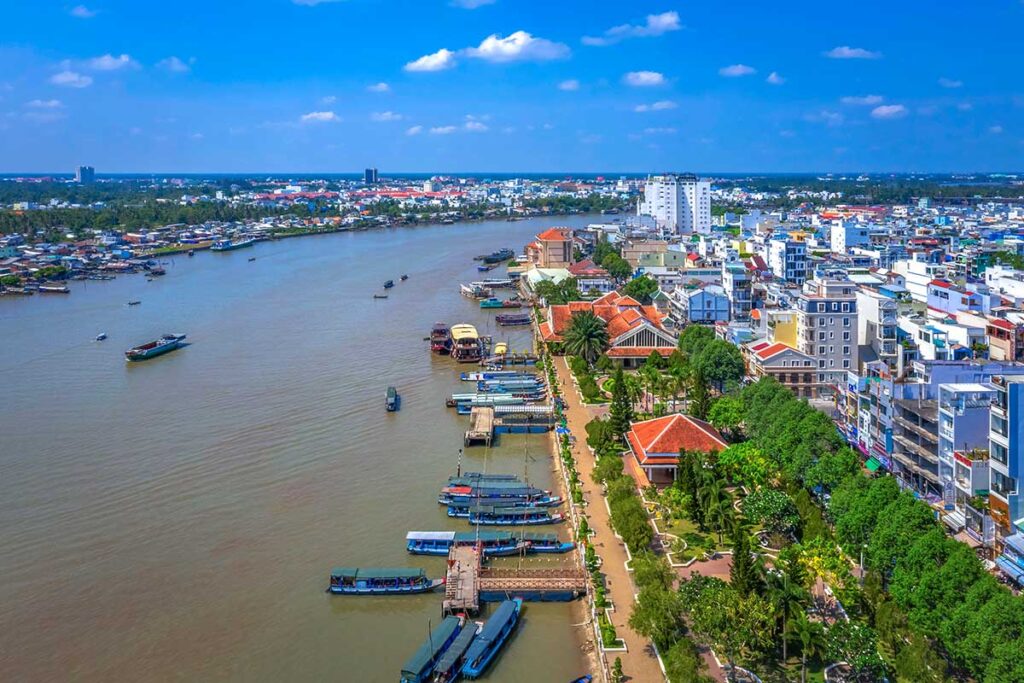

Despite being the Delta’s commercial hub and a busy university town, Can Tho feels more relaxed than Ho Chi Minh City and makes an excellent base for exploring. The floating markets have shrunk from their former scale, but with the right expectations, a trip combining boats, cycling, village stops, and a few cultural sights offers the real charm of the region.
Best things to do in Can Tho
The best things to do in Can Tho reflect the city’s balance between lively river trade and laid-back countryside life. You can spend a dawn on the water at the floating markets, explore quiet backwater canals by boat, cycle village lanes, sample fruit straight from orchards, and even spot huge flocks of storks in rural sanctuaries. While the floating markets are not as big as they once were, combining them with the canals, workshops, and nature spots gives you a fuller, more authentic Mekong Delta experience.
1. Visit the floating markets of Can Tho
Can Tho’s floating markets are still the city’s most famous attraction, though they are only a fraction of what they used to be. These wholesale markets start before sunrise, when traders sell produce and breakfast from their boats. With realistic expectations, visiting them is still worthwhile, but they should be seen as part of a broader trip rather than the only reason to come here.
Cai Rang Floating Market
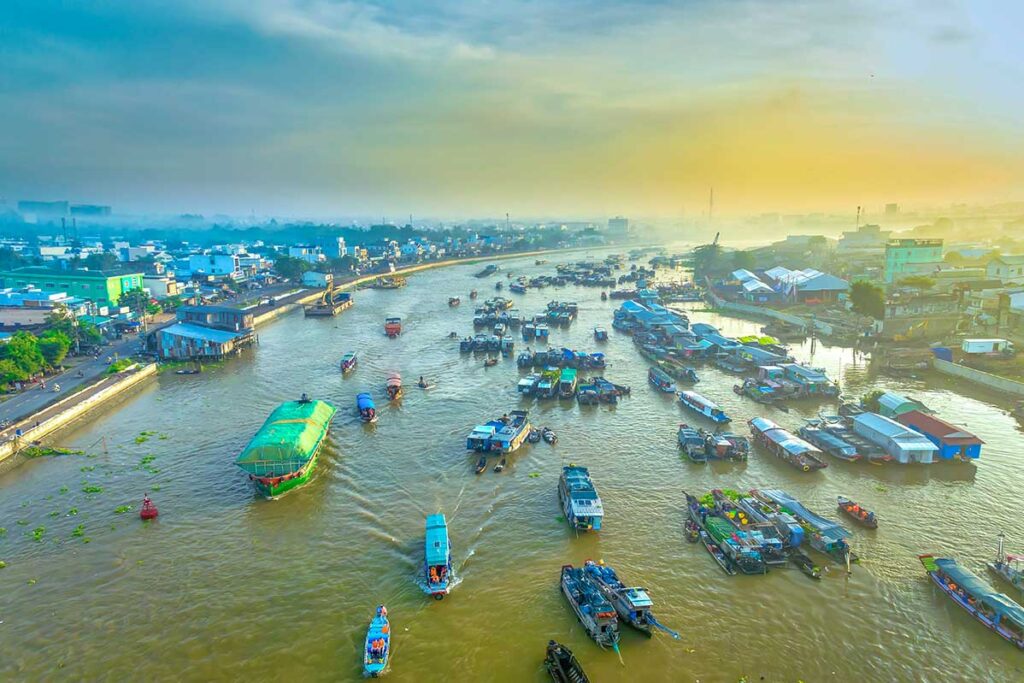
Cai Rang is the largest and most visited floating market in the Mekong Delta. The busiest time is between 5:00 and 7:00 in the morning, when dozens of boats gather to sell fruit, vegetables, and everyday goods. One of the highlights is having breakfast on the water—vendors serve steaming bowls of hu tieu or bun rieu from small cooking boats. Celebrity chef Gordon Ramsay once ate here and called the noodle soup one of the best dishes he had ever tasted, later featuring it in a MasterChef challenge.
Phong Dien Floating Market
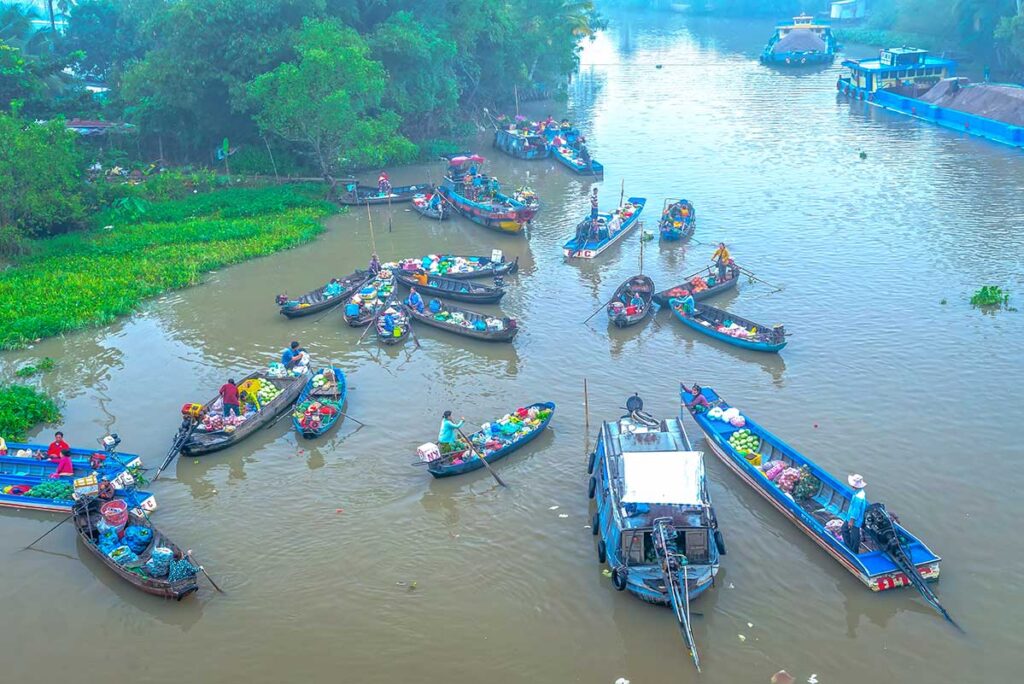
Smaller and more local than Cai Rang, Phong Dien Floating Market is often considered a more authentic experience. It’s busiest around 5:30–7:30 a.m. and has fewer large engine boats, with mostly sampans selling produce and household items. The atmosphere is friendlier and less touristic, but the distance from the city means you’ll need to leave very early to catch it at its peak.
The Real Mekong Delta Homestay Experience & Floating Markets Tour
- Experience Homestay in Can Tho with cycling through villages and rice fields.
- Highlights Cai Rang & Phong Dien floating markets with early-morning boat trip.
2. Do a boat tour beyond the markets

A boat tour can be easily combined with some of the best things to do in Can Tho, such as visiting fruit orchards, stopping at local workshops, and gliding through narrow canals lined with village houses. These trips go far beyond the floating markets, offering a slower pace and greener scenery where you can see everyday life unfold along the waterways. Morning departures are the most comfortable, and it’s always a good idea to check that your boat carries life jackets.
3. Explore workshops & local villages
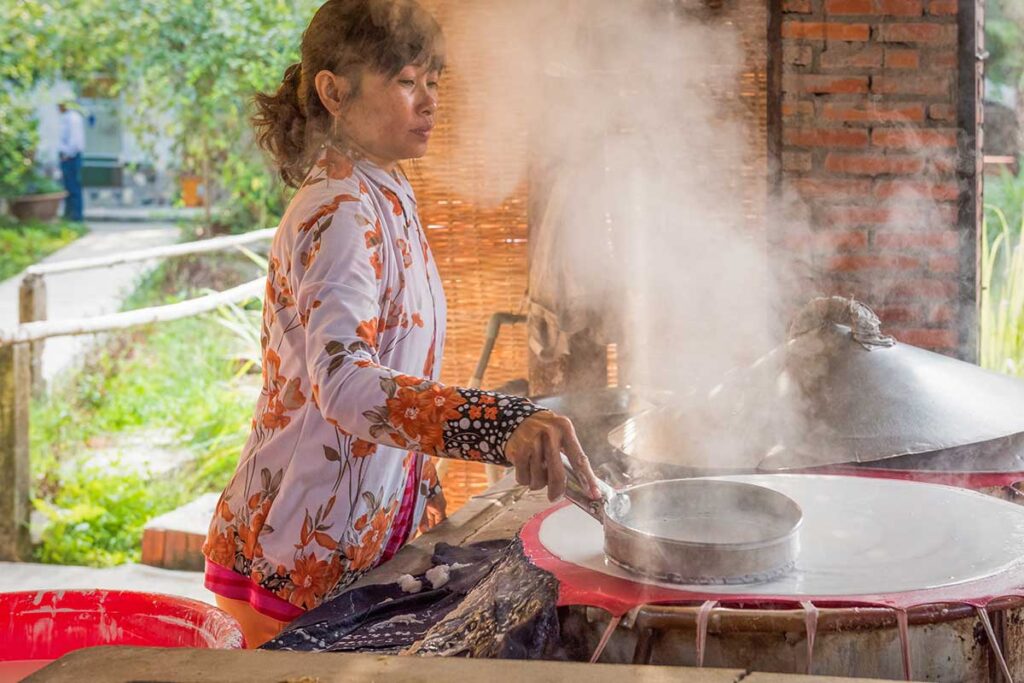
Scattered around Can Tho’s countryside are family-run workshops that show how traditional products are made. You might see rice paper drying in the sun, rice noodles being cut, or coconut candies produced in small batches. Some tours also stop at Muoi Cuong’s cacao farm, where chocolate is still made by hand. Not every workshop feels authentic, so it’s better to focus on a few quality stops rather than rushing through many staged ones.
4. Cycle the countryside
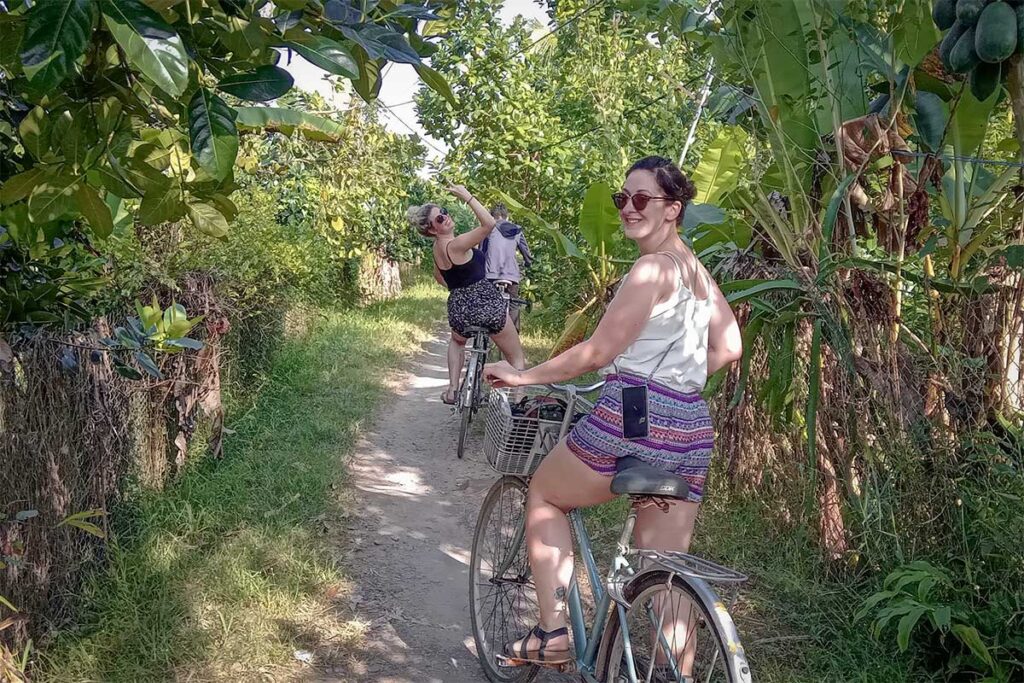
Just outside the city center, you’ll find a network of peaceful lanes winding through villages, rice fields, and orchards. Cycling in the morning is ideal, both for cooler weather and lively rural scenes. Some homestays provide bicycles for free, or you can book guided cycling tours that include orchard visits and bridges with river views. Be prepared for heat and traffic if you cycle longer distances, as roads can mix with motorbikes.
5. Fruit picking & orchards
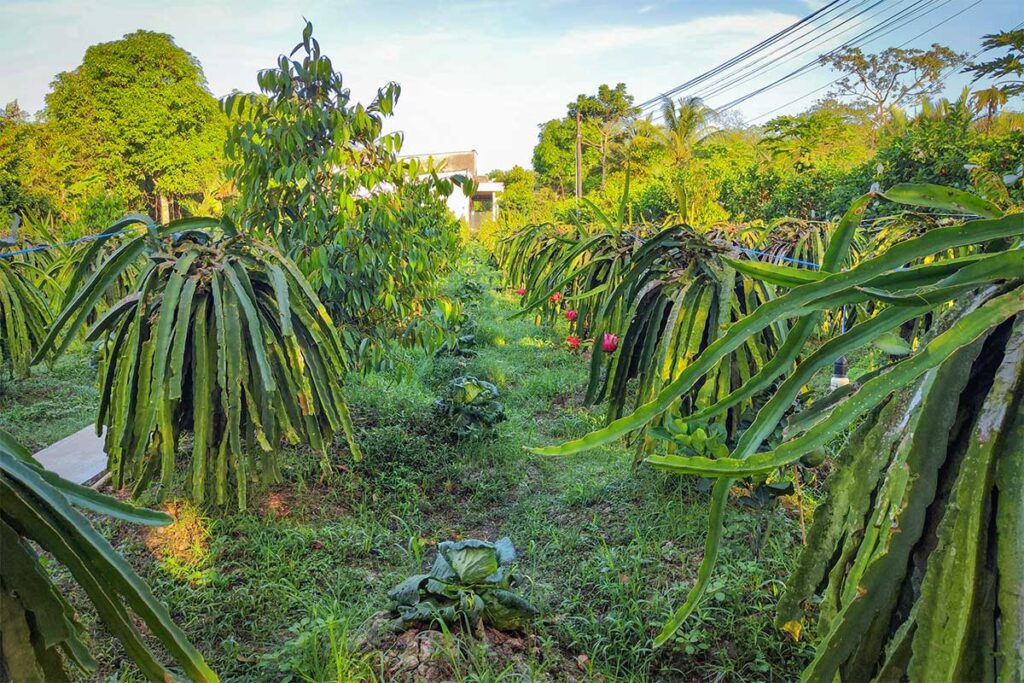
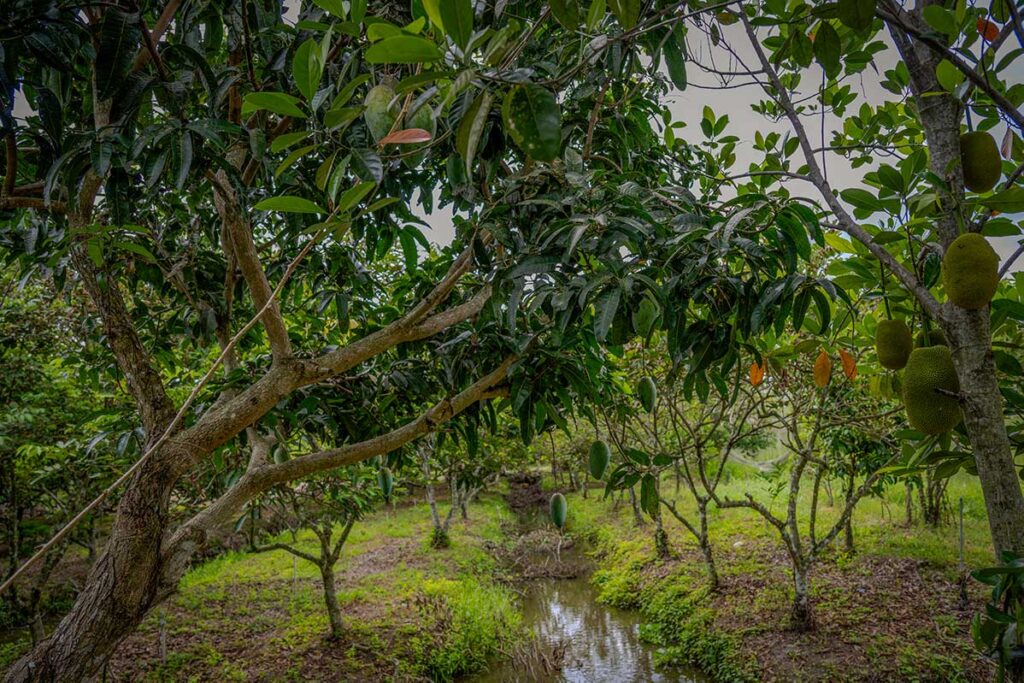
The fertile soil around Can Tho produces year-round tropical fruit, and visiting an orchard is both a scenic and tasty activity. Popular gardens like My Khanh, 9 Hong, and Phong Dien let you wander through trees heavy with rambutan, durian, longan, or mangosteen, depending on the season. Entrance fees usually include a tasting plate, and some orchards allow you to pick fruit directly from the trees for an extra charge.
6. Birdwatching at Bang Lang Stork Sanctuary
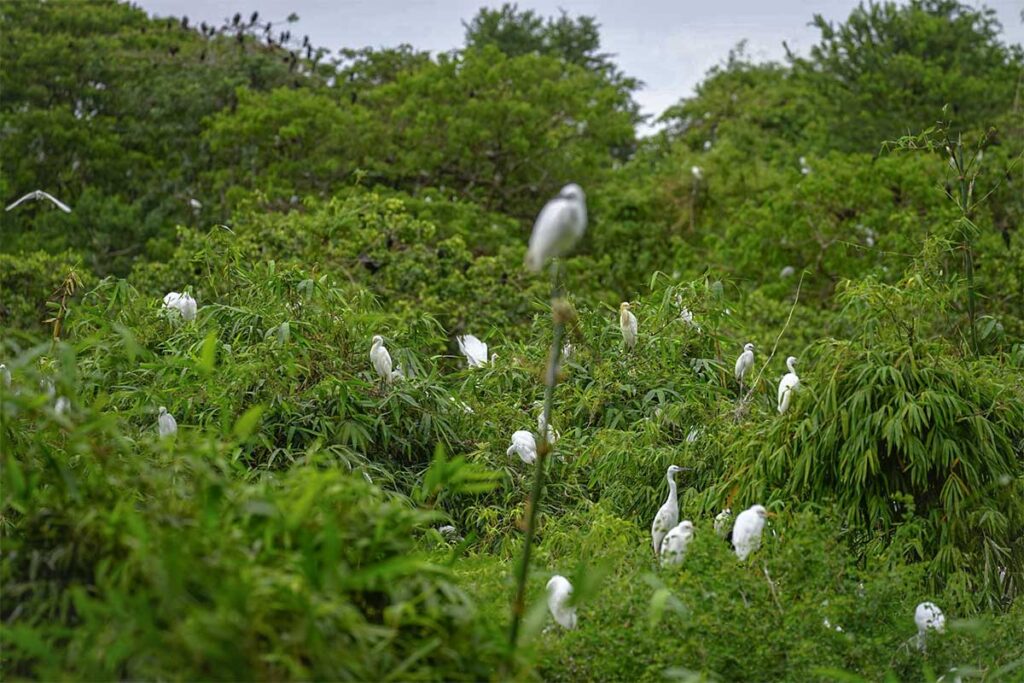
About 60 kilometers from Can Tho city, Bang Lang Stork Sanctuary is one of the Mekong Delta’s best places for birdwatching. It’s home to tens of thousands of storks and egrets, which roost in the trees around a protected wetland area. The most spectacular times are dawn, when they fly out in groups, and dusk, when they return in huge numbers. Facilities are basic, but the sight of thousands of birds filling the sky makes the journey worthwhile.
7. Evening walk at Ninh Kieu Wharf
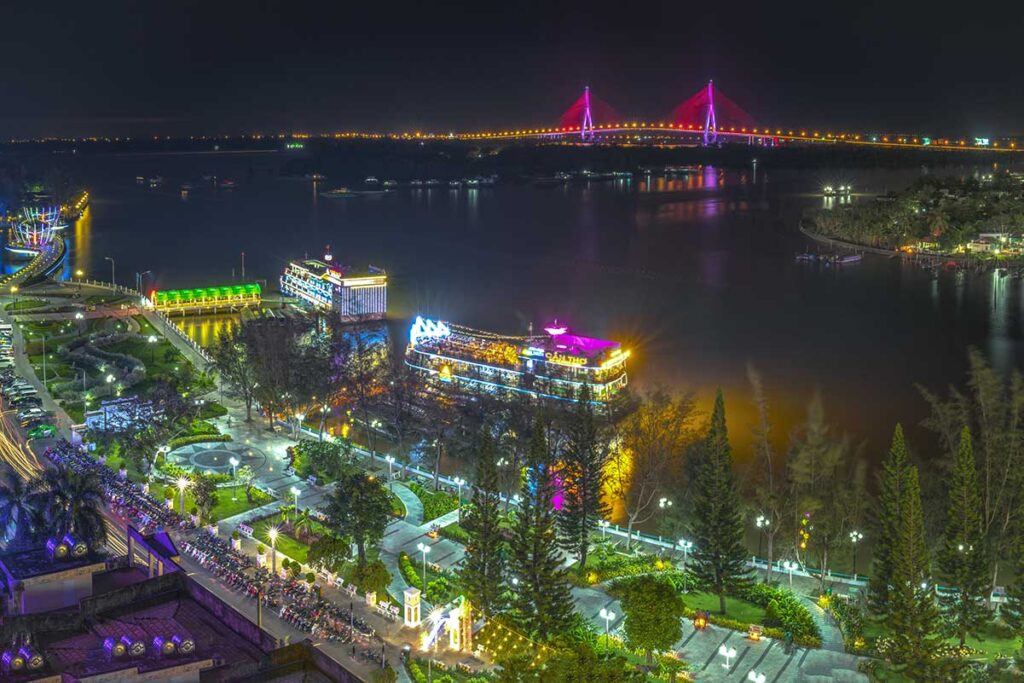
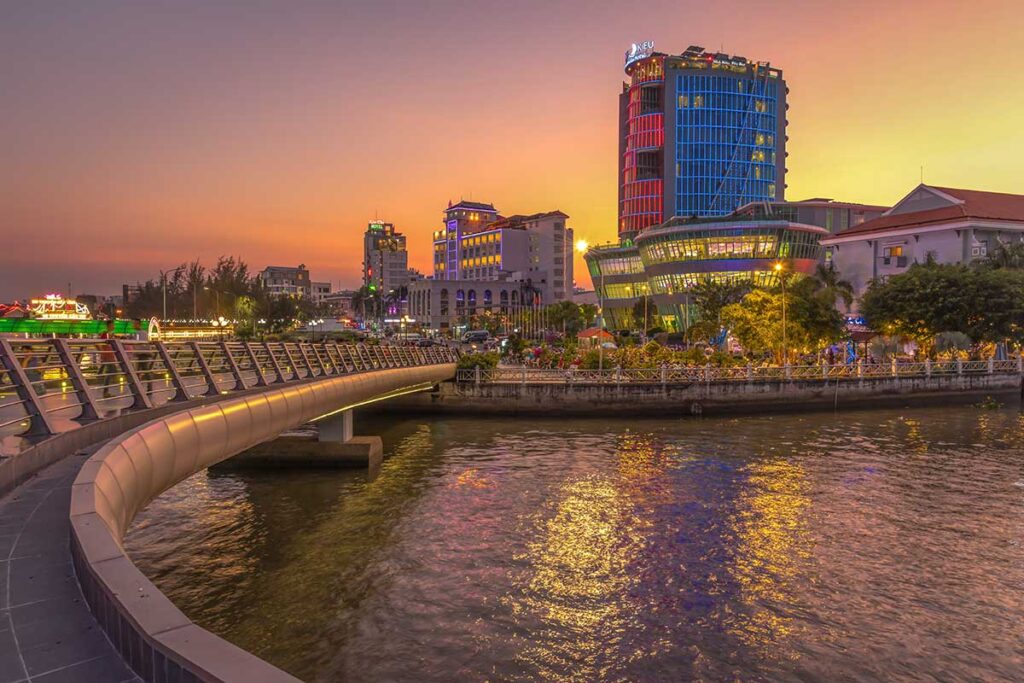
Ninh Kieu Wharf is the heart of the city and one of the best things to do in Can Tho in the evening. The riverside park is lively with families, couples, and street vendors, while the pedestrian “Love Bridge” lights up after dark. You’ll also find boat piers, cafés, and a pleasant breeze off the Hau River, making it the ideal place for a relaxed nighttime stroll.
8. Eat and browse at the Can Tho night markets
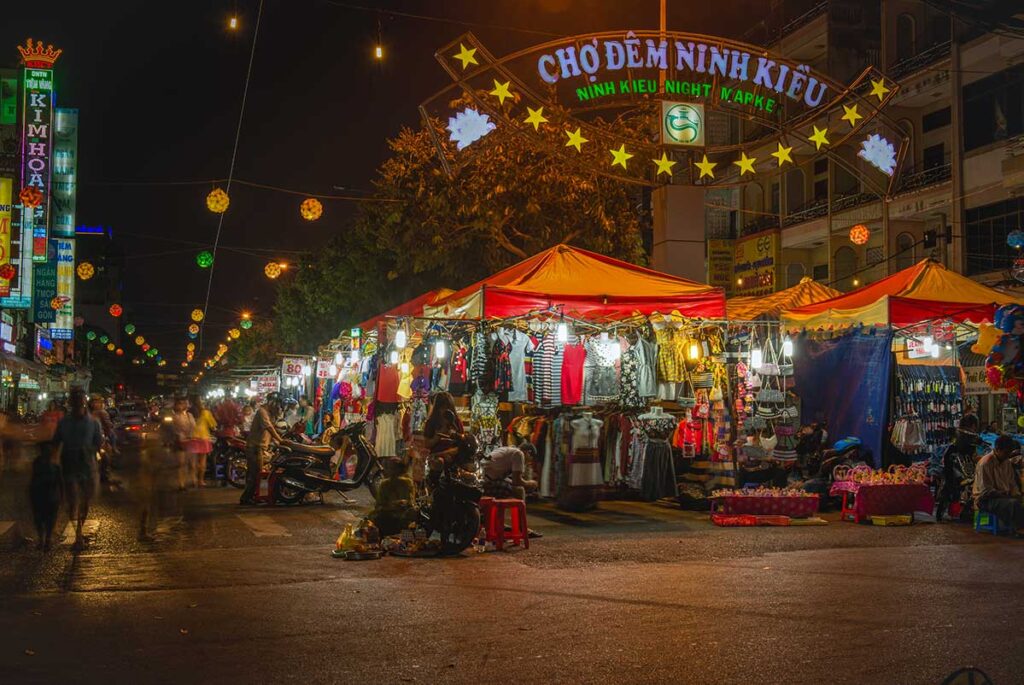
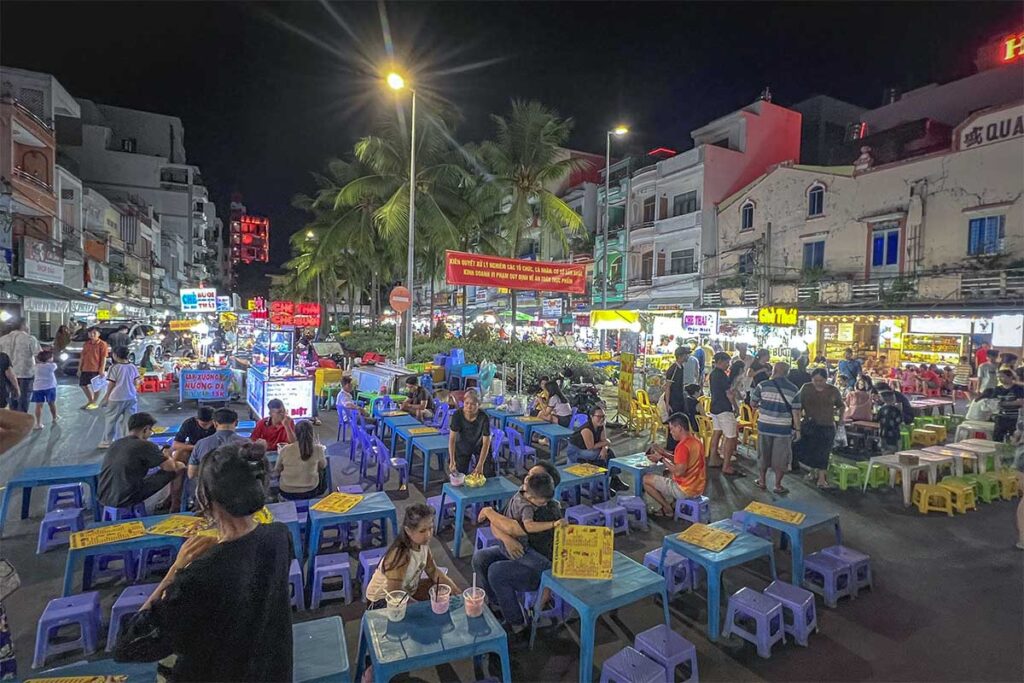
Exploring the night markets is another classic activity in Can Tho. Ninh Kieu Night Market is the most central, though quite small; Tran Phu Night Market is better for cheap and tasty street food; and Tay Do Night Market is where to go for clothes, souvenirs, and general merchandise. None of them are very large, but they’re fun for a casual walk, sampling snacks, and soaking up the local energy.
9. See incense smoke swirl at Ong Pagoda (Quang Trieu Assembly Hall)
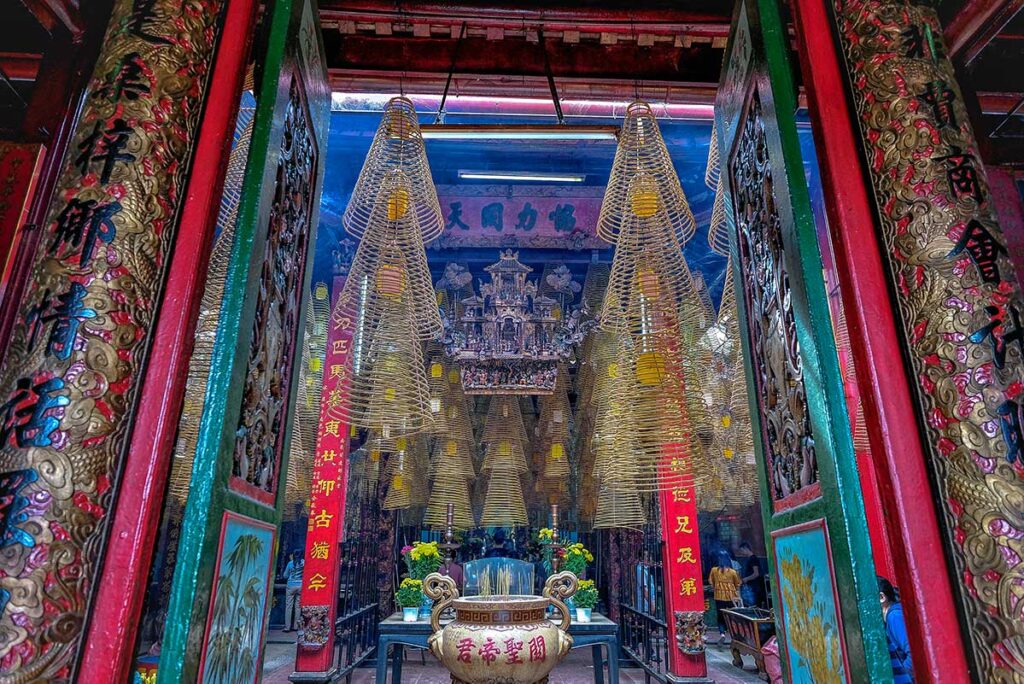
Ong Pagoda, built in the late 19th century by the Cantonese community, is a colorful Chinese-style temple just steps from the river. It’s best visited briefly—step inside, watch the incense coils burn, and admire the intricate carvings. Dress modestly and keep quiet while locals pray.
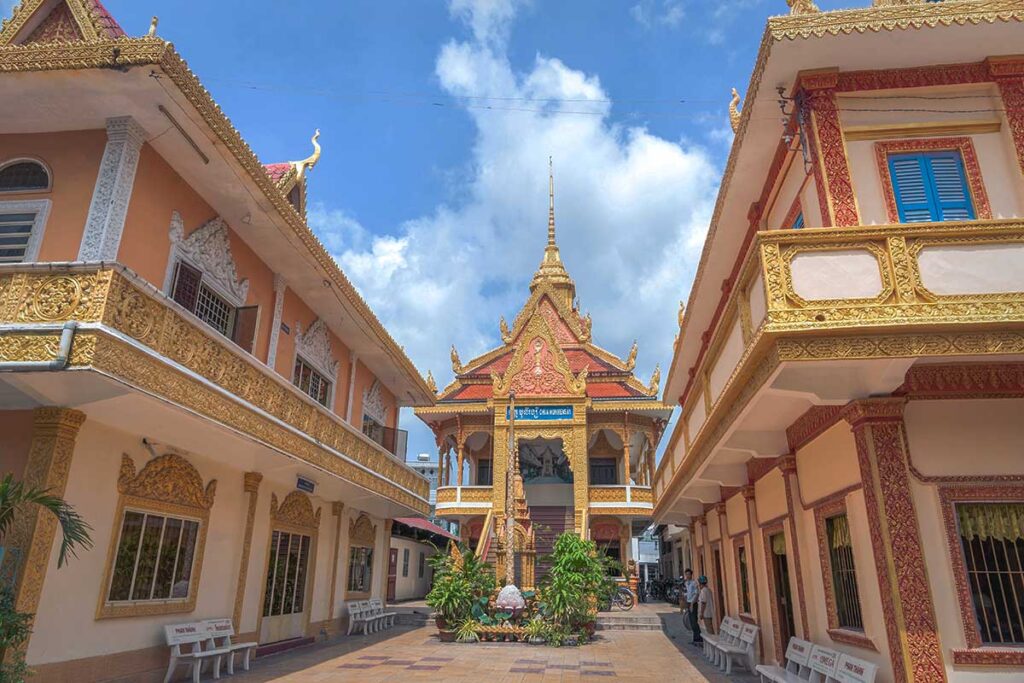
For contrast, pair your visit with the nearby Muniransay Khmer Buddhist Temple, which showcases Khmer Theravada architecture rarely seen outside Cambodia.
10. Visit Binh Thuy Ancient House
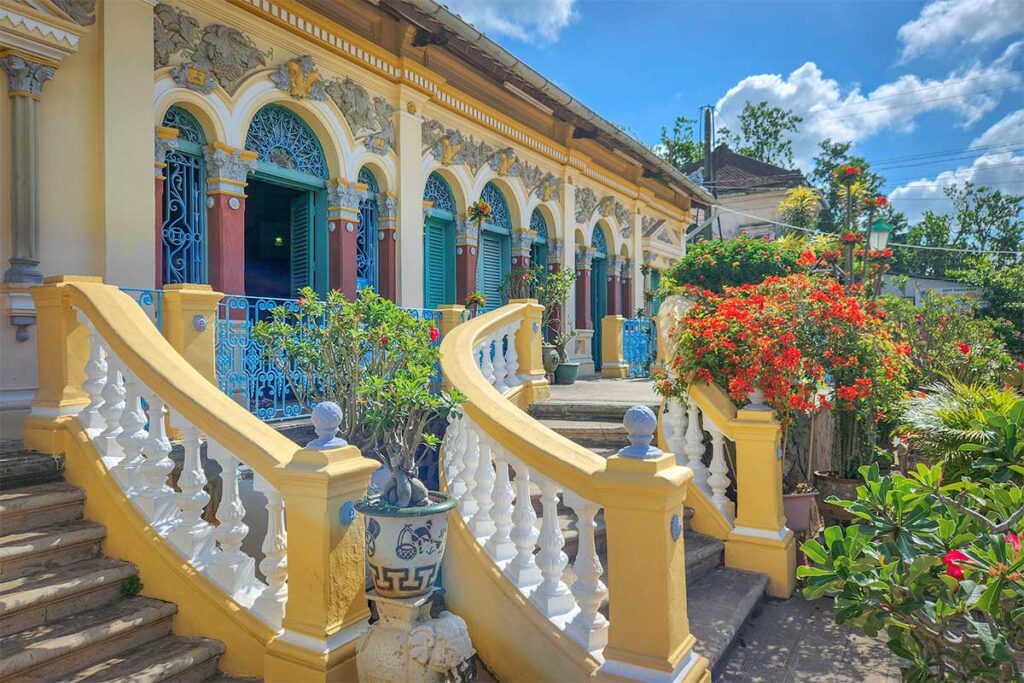
Located about 5 km outside the city center, Binh Thuy Ancient House is one of the most unique cultural sights in Can Tho. The French-influenced architecture blends with Eastern interiors filled with antiques, giving a glimpse of wealthy Delta life in the 19th century. The house is also famous as a filming location for the movie The Lover. A short visit here pairs well with other city attractions or a countryside tour.
11. Kayaking or SUP on calm canals
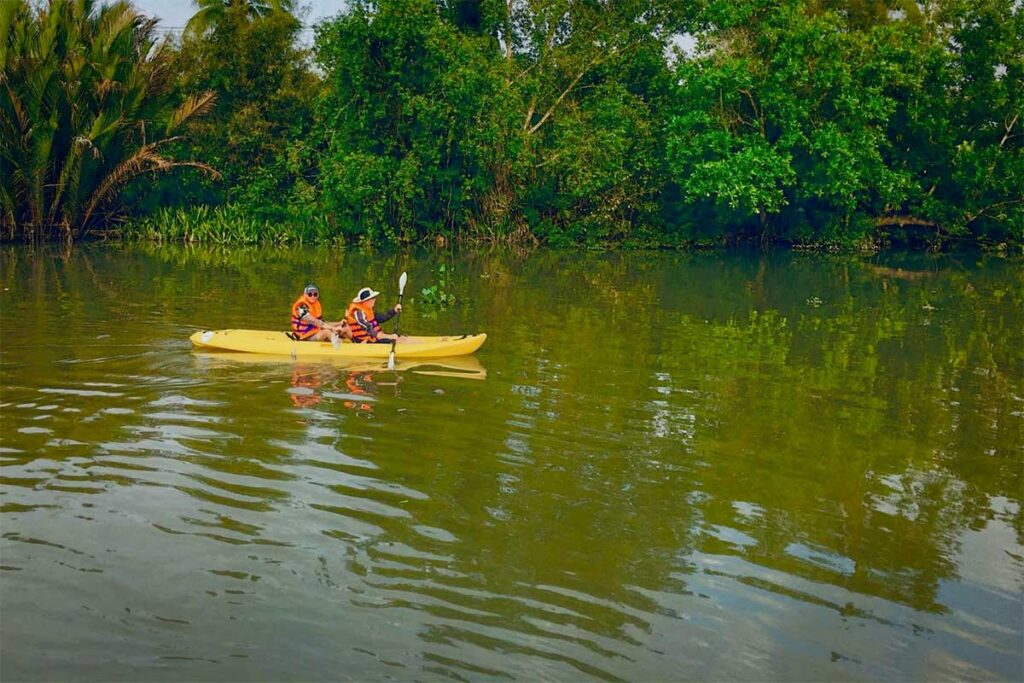
For something more active, try kayaking or stand-up paddleboarding (SUP) on the waterways. Many countryside homestays provide kayaks for free, so you can paddle small canals right from your doorstep—check before booking if this is important to you. In the city, there’s a rental spot at the end of Ninh Kieu Wharf called “Can Tho Beach,” though here you’ll be paddling on the larger, busier river. Dedicated kayak tours are also available if you’d like a guided experience on quieter canals.
12. Talk with monks at Truc Lam Phuong Nam Zen Monastery
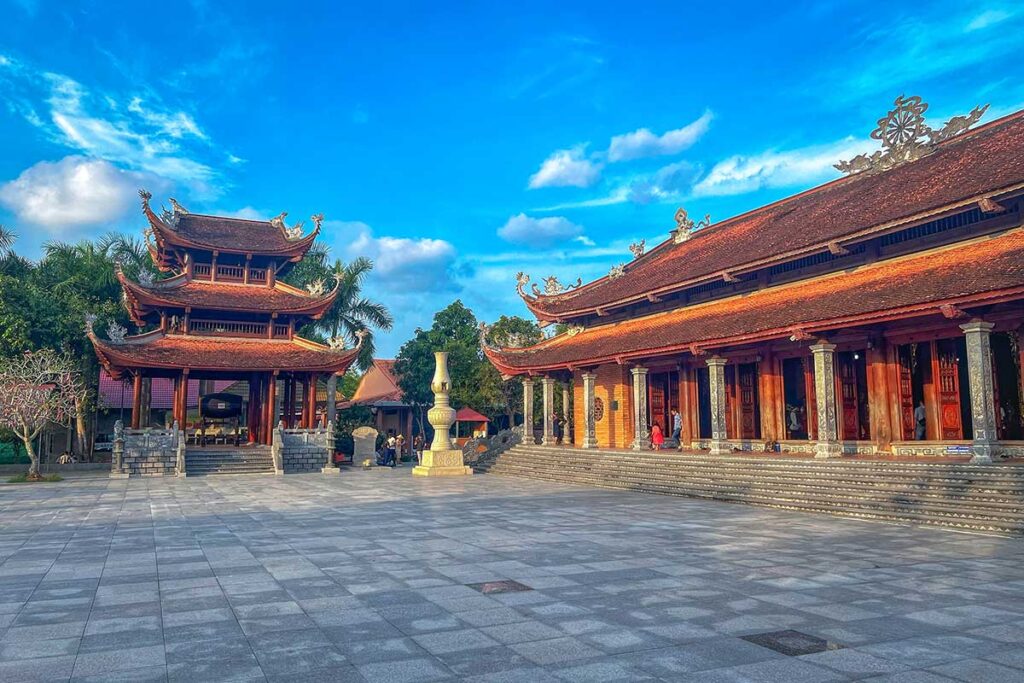
About 12–15 km outside Can Tho, this large Truc Lam Zen complex is one of the biggest monasteries in the Mekong Delta. Built in the style of the Ly–Tran dynasties, it’s free to enter and makes for a peaceful half-day visit. You can chat with monks, wander the courtyards, and if you time it right, eat a simple vegetarian meal at the canteen. It’s less about sightseeing and more about enjoying calm surroundings.
13. Stay in a riverside homestay (the best Can Tho experience)
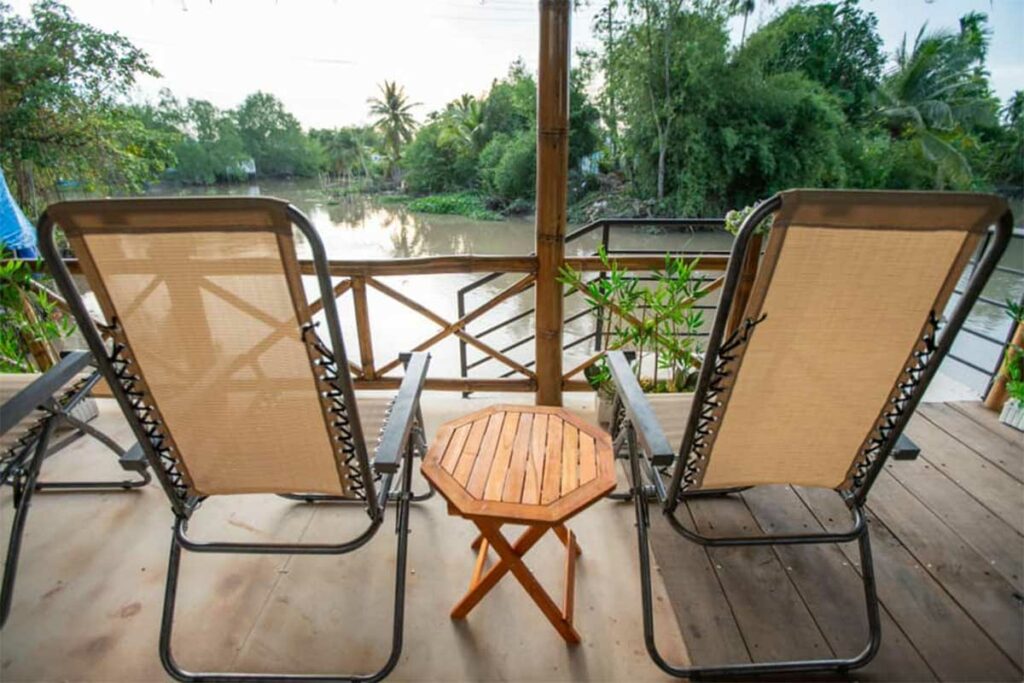
Spending a night in a riverside homestay is one of the best things to do in Can Tho if you want a more authentic Delta experience. Instead of a hotel in the city, you’ll wake up to boats gliding past your window, enjoy home-cooked garden meals, and often have direct access to boat tours. When choosing a homestay, look for one along a smaller canal rather than the main river, and check reviews for hosts who are engaged with guests rather than just renting rooms.
14. Learn how chocolate is made at Muoi Cuong Cacao Farm
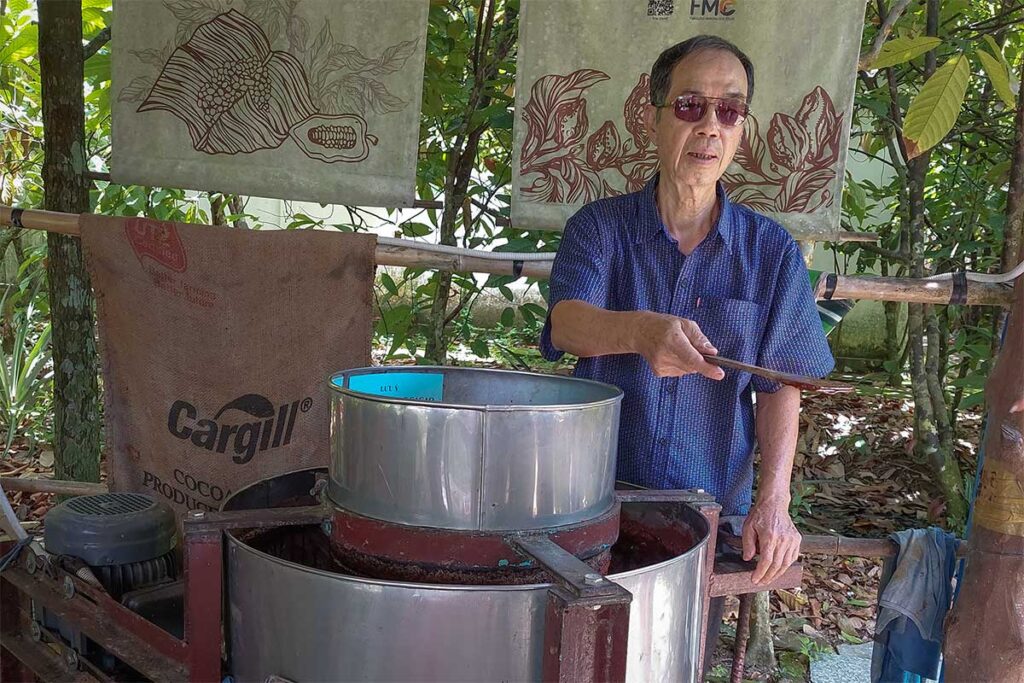
Muoi Cuong Cacao Farm is a small, family-run plantation where chocolate is still produced by hand. A short tour walks you through the cacao trees, the fermenting and drying process, and ends with tastings of cacao nibs, dark chocolate, and even cocoa wine. The farm is usually open in the mornings (around 7:00–11:00), while afternoon visits need to be arranged in advance. It’s a simple but unique stop that shows a different side of Can Tho’s agriculture.
15. Con Son Islet (community-based tourism)
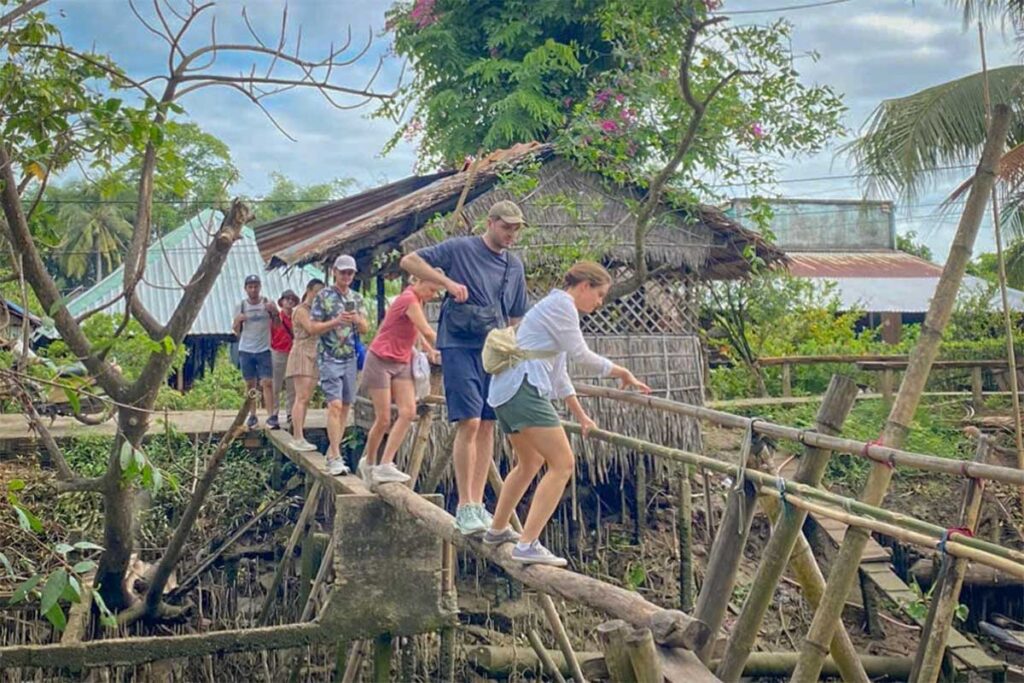
Con Son Islet, just across the river from Can Tho city, has become a model for community-based tourism. Villagers welcome guests into their gardens for tropical fruit tastings, show how to make traditional cakes, and even stage the curious “jumping snakehead fish” feeding display. Lunches are served family-style, with local dishes made from homegrown produce. The island gets crowded with groups on weekends, so weekdays are better if you prefer a quieter experience.
16. Take a side trip to Hau Giang
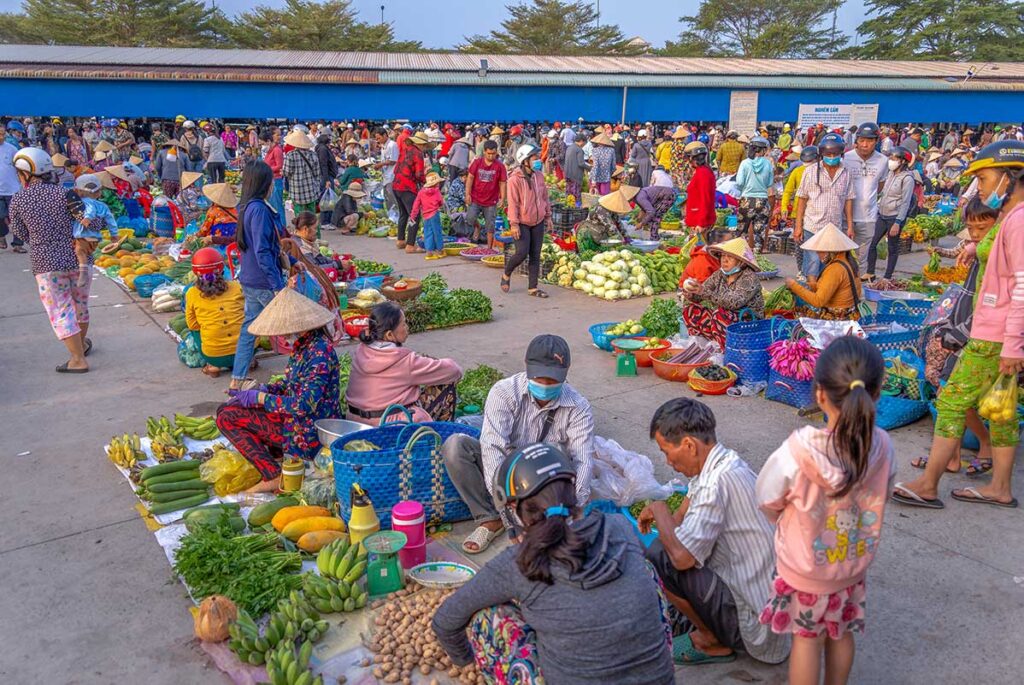
Hau Giang Province lies just south of Can Tho and makes for an easy day trip if you want to go beyond the city.
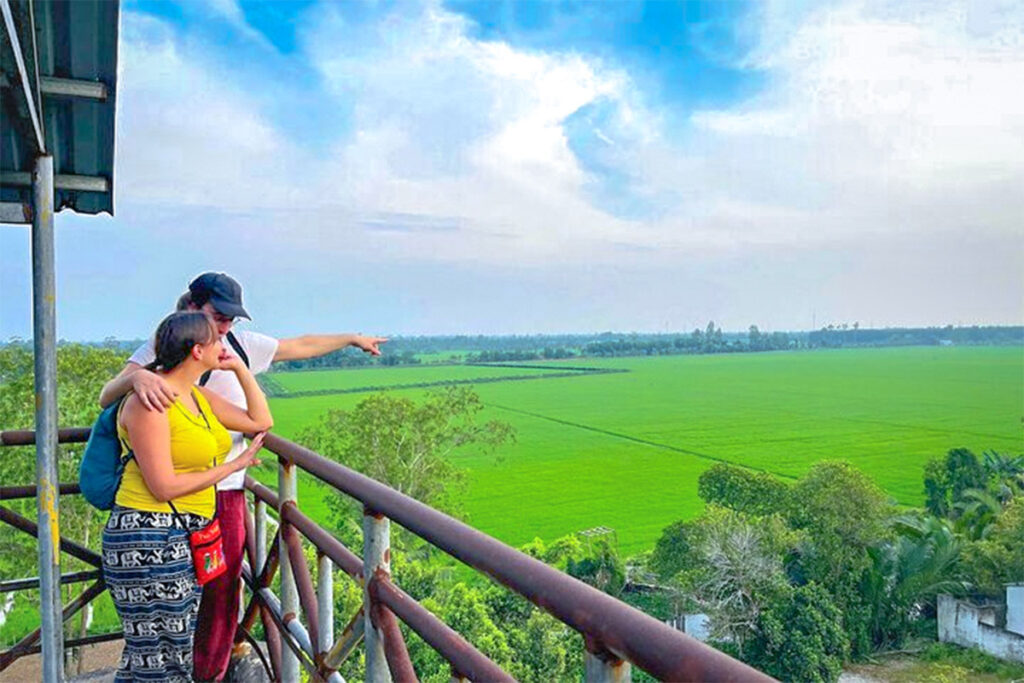
The highlight is Lung Ngoc Hoang Nature Reserve, a wetland area with boat rides through submerged forests. You can also explore Vi Thanh farmers market, one of the liveliest in the region, or spend time in quiet canals and orchards that feel far removed from the tourist trail. It’s best arranged with a private car and guide, as infrastructure is still basic.
17. Visit unique Khmer temples in Soc Trang
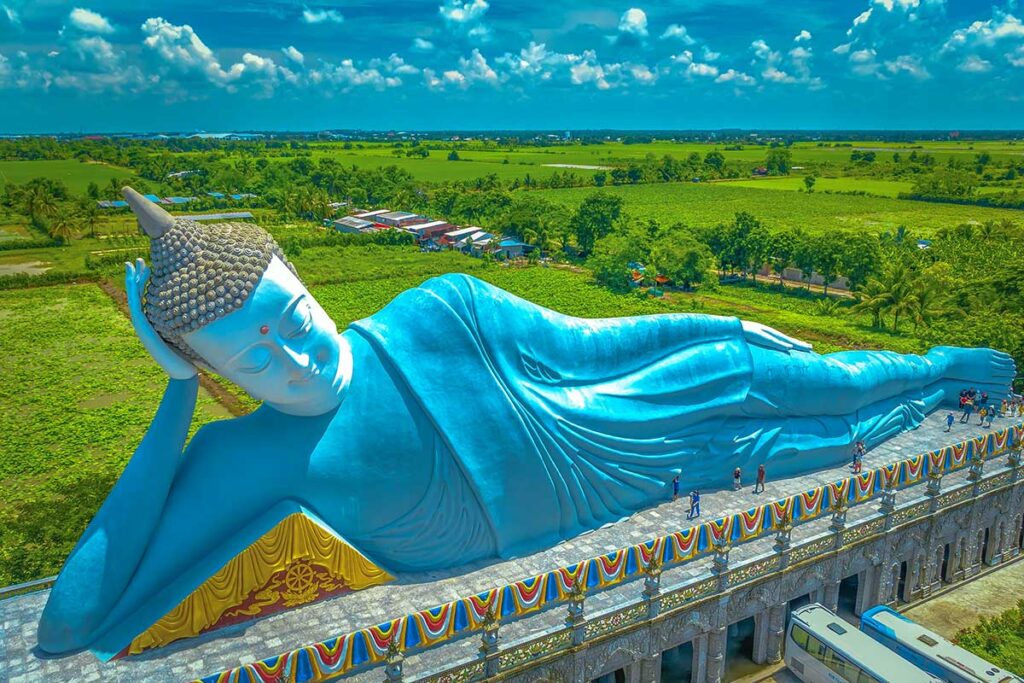
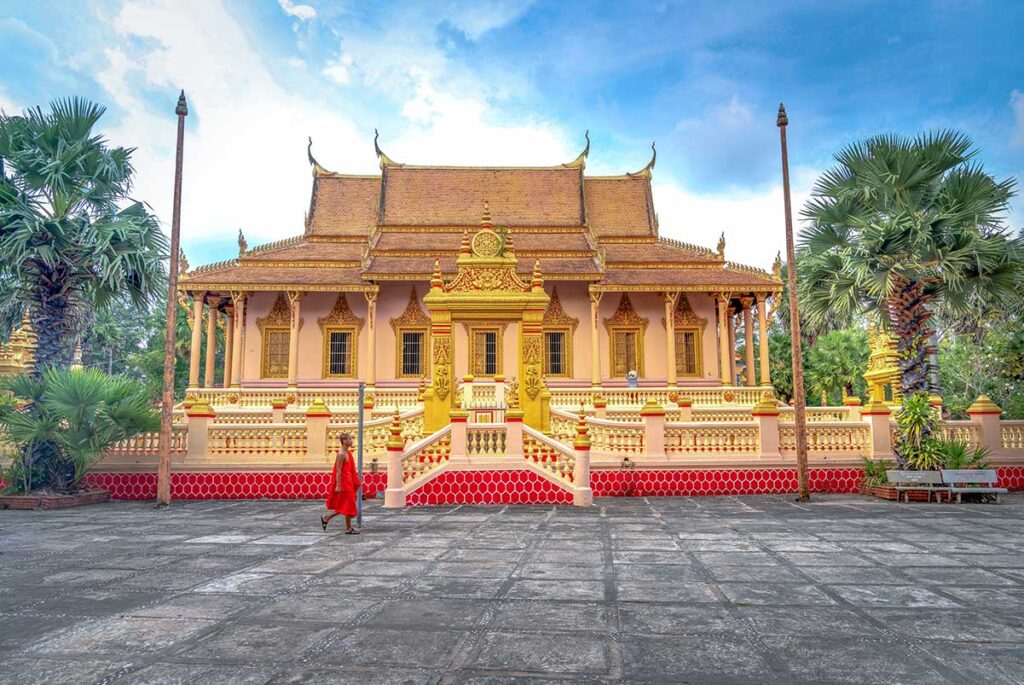
Soc Trang, about 60 km from Can Tho, is one of the best places in southern Vietnam to see Khmer culture. The city and its surroundings are home to ornate Buddhist temples such as Som Rong Pagoda with its massive reclining Buddha, Kh’leang Pagoda with elegant architecture, and the famous Bat Pagoda, where thousands of bats roost in the trees. Beyond the temples, visiting Khmer villages gives insight into traditions that feel closer to Cambodia than Vietnam.
18. Explore Bac Lieu’s hidden attractions

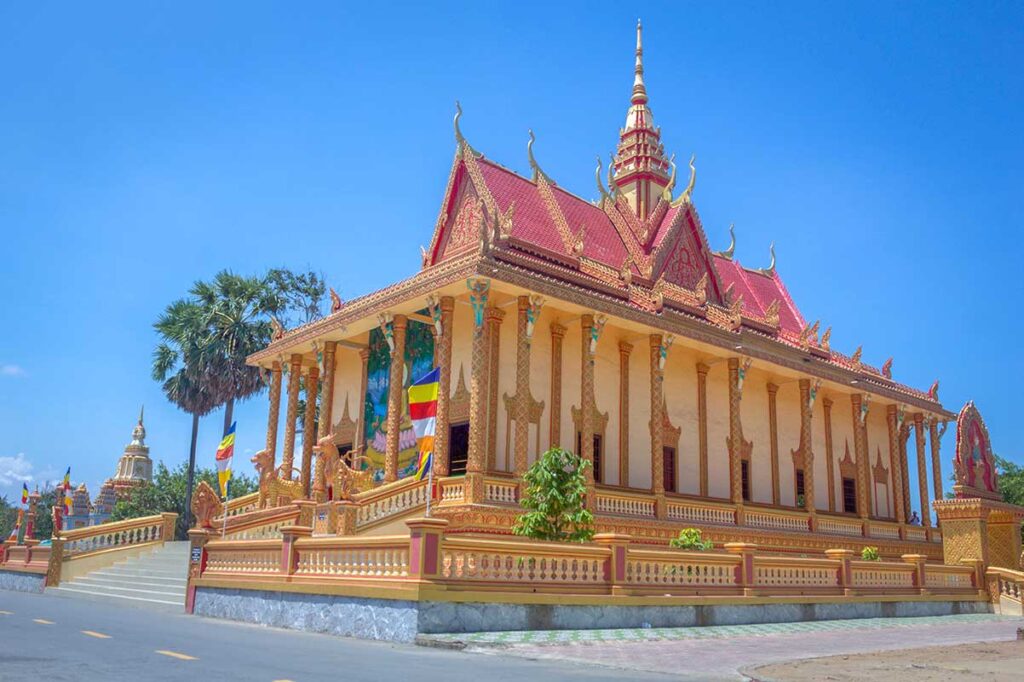
Further south from Can Tho, Bac Lieu Province is another worthwhile extension to your trip. The Bac Lieu Bird Sanctuary is a haven for migratory species, while the sprawling salt fields are striking at sunrise when workers harvest the crystals. The province is also dotted with impressive temples, including Xiem Can Pagoda and the golden Ghositaram Temple, one of the most ornate Khmer pagodas in Vietnam. Though less visited than Soc Trang, Bac Lieu offers a fascinating mix of nature and culture.
How to get to Can Tho
Location
Can Tho is the largest city in the Mekong Delta, located on the Hậu (Bassac) River about 165 km southwest of Ho Chi Minh City. It has its own domestic airport (VCA), making it one of the most accessible bases for exploring the Delta.
Flights
Flights connect Can Tho with Hanoi, Da Nang, and Ho Chi Minh City, as well as seasonal or less frequent routes to Phu Quoc and occasionally Con Dao. This makes it easy to combine a Mekong Delta trip with time on the northern coast or an island stay. Flight schedules change depending on demand, so always double-check before planning. If flights don’t align, Ho Chi Minh City’s much larger airport offers more reliable options, followed by a transfer by road.
Direct buses & private transfers
From Ho Chi Minh City, it takes about 3–4 hours to reach Can Tho by express bus, with reputable companies including Phuong Trang (Futa) and Thanh Buoi. Buses are affordable and frequent, but expect limited legroom compared to limousine vans or private cars. A private transfer is faster, more comfortable, and flexible for sightseeing stops along the way, though it costs more.
If you’re coming from Phu Quoc, the fastest route is to take the speed ferry to Rach Gia (about 2.5 hours) and then continue by bus or private car to Can Tho (around 3 hours). This option works well if you’re planning to combine both the Mekong Delta and an island holiday.
How to get around
Getting around the city
Most of Can Tho’s central sights are clustered around Ninh Kieu Wharf, making this area easy to explore on foot. You can walk between the central market, Ong Pagoda, museums, and the night markets without needing transport. For longer distances or evening returns, Grab cars and regular taxis are widely available, reliable, and inexpensive.
Getting around the region
To explore beyond the city, transport depends on how far you want to go:
- Private car/driver – Best for visiting fruit orchards, stork sanctuaries, or taking day trips to Soc Trang or Hau Giang. Offers flexibility and comfort on longer routes.
- Cycling – Perfect for short countryside loops near homestays, where quiet lanes wind past rice fields and villages. For longer routes, arrange a guided tour or better-quality bikes rather than relying on the basic ones many homestays provide.
- Scooter or motorbike – Renting a scooter gives you freedom to explore nearby villages and backroads at your own pace. Roads are generally flat, but traffic around Can Tho city can be hectic, so this option suits confident riders only.
- Boats – Essential for the floating markets and backwater canals. Choose boats with life jackets, go early to avoid the heat, and bring sun or rain protection depending on the season.
Where to stay in Can Tho
Accommodation in Can Tho ranges from city hotels to rural homestays and riverfront resorts. The best choice depends on how much time you have and the type of experience you want.
- City center (Ninh Kieu District): The most convenient area if you’re short on time. Staying near Ninh Kieu Wharf means you can walk to the night markets, Ong Pagoda, the pedestrian bridge, and most central restaurants. Hotels here range from budget guesthouses to modern high-rises, making it easy to fit any budget.
- Countryside homestays and lodges: The most memorable option if you want a real Mekong Delta experience. Set along smaller canals outside the city, these stays offer orchard gardens, home-cooked meals, and early boat access to floating markets. Locations in Phong Dien or along the backwaters near Cai Rang are ideal for combining peace and authenticity with reasonable access to town.
- Resorts and ecolodges: Found across the river or just outside the city, these properties come with larger gardens, pools, and a quieter atmosphere. They’re good if you want more comfort while still enjoying views of the waterways. Areas on Cai Khe Islet or near the Can Tho Bridge are common resort locations, balancing city access with a bit of seclusion.
Tips for traveling to Can Tho
How much time do you need for Can Tho
A day trip from Ho Chi Minh City isn’t realistic—the journey takes several hours each way, and the floating markets only happen early in the morning. Plan at least two days so you can see the main highlights: an early market visit, a canal boat trip, and an evening along the riverfront. With three days, you’ll have time to explore the countryside more slowly or take an off-the-beaten-track day trip to a nearby province like Hau Giang or Soc Trang.
What to bring
If you stay in the city center, you’ll find everything you need—ATMs, shops, and convenience stores. But if you choose a rural homestay, prepare for fewer services nearby. Bring cash for small boats and markets, mosquito repellent for evenings by the water, and a dry bag to protect phones and cameras on boat trips. Sun protection and a light raincoat are useful year-round.
Where to go next
Most travelers head back to Ho Chi Minh City after Can Tho, but the city’s airport also makes it easy to fly north to Hanoi or Da Nang. Another popular option is to end your Mekong Delta journey at the beach: both Phu Quoc and Con Dao are connected by short flights, or you can take the speed ferry to Rach Gia and continue overland.
2-day travel itinerary
If you’re short on time, this 2-day plan covers many of the best things to do in Can Tho in a logical order. It balances the city’s main highlights—like the floating markets and Ninh Kieu Wharf—with quieter moments in the countryside, giving you both the river life and cultural side of the Mekong Delta.
Day 1
- Morning: Start with a countryside cycling loop through villages and rice fields, stopping at one quality workshop or orchard for a relaxed visit.
- Afternoon: Try kayaking or stand-up paddleboarding (SUP) on calm canals, or opt for a gentle canal boat ride. In the evening, check into a riverside homestay and enjoy a home-cooked dinner by the water.
Day 2
- Pre-dawn: Head out early by boat to reach Phong Dien Floating Market at its busiest, then continue on to Cai Rang. From there, cruise along smaller canals, stopping for a light orchard snack.
- Afternoon: Take some rest after the early start, then explore the city: stroll along Ninh Kieu Wharf, visit the central market and Ong Pagoda, and finish with street food at one of the night markets.
Is Can Tho worth visiting?
On its own, Can Tho’s floating markets can feel underwhelming—smaller than in the past, and some boat tour stops can seem a bit staged. But taken as a whole, the city is still one of the best bases in the Mekong Delta. With easy access to boats, canals, cycling routes, fruit orchards, and great food, plus the option of day trips to nearby provinces, Can Tho is absolutely worth two to three days in your itinerary.
